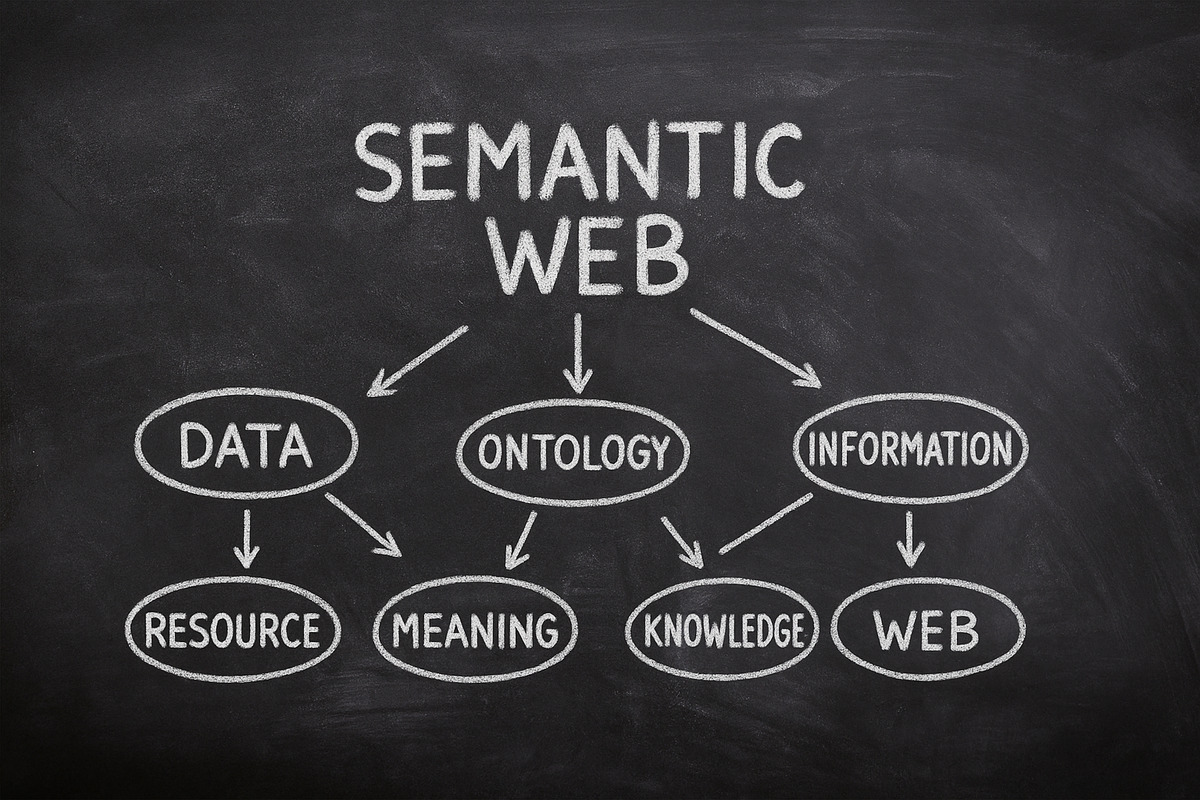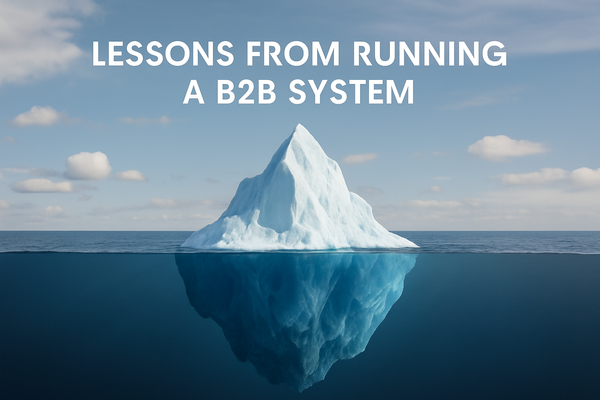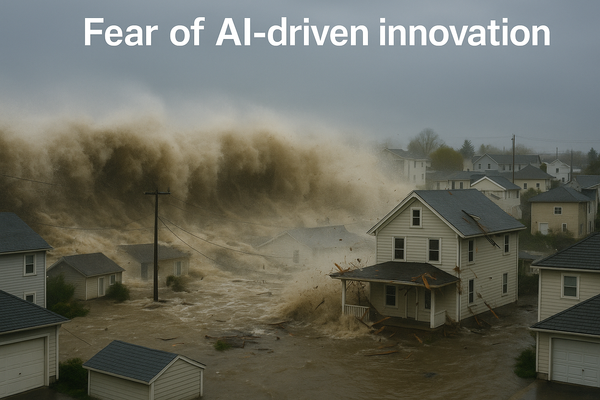Building a Semantic Web Inside the Company — A New Vision for Tracardi 2.x

We are working on building a new version of Tracardi that will use all our experience from the 1.x version and bring new quality to the table.
We are exploring different areas where a new approach could bring real value. I am documenting my journey through this process, and today I would like to explore an exciting topic:
What would happen if all the company’s data was structured as a Semantic Web?
The concept of the Semantic Web became popular over 20 years ago when it was proposed as a way to make the Internet smarter — a web where pages would not only link to each other but would understand the meaning of the content they link to.
Unfortunately, back then, it failed on a large scale because of its complexity. But the science behind it is still brilliant, and its benefits are extraordinary.
So today, let's imagine: if we could create a semantic web of relationships inside our company’s data — what would we achieve?
How would it allow AI agents to answer data questions and fulfill given tasks?
Here’s a deep dive into the potential benefits:
1. A Giant, Intelligent Mind-Map of All Company Knowledge
What it means:
All data inside the company — clients, orders, employees, projects, technologies — would be connected by meaningful relationships.
It’s like replacing a pile of papers and isolated databases with a giant mind-map that clearly shows how everything relates to everything else.
Example:
Instead of searching through three different systems to find out "which sales rep handled the Solar Roof Project for EcoPower Ltd," the relationships are already mapped:
Sales Rep ➜ worked on ➜ Solar Roof Project ➜ client ➜ EcoPower Ltd.
Impact:
Finding information would become fast, natural, and intuitive — like exploring a well-organized map instead of digging through a messy attic.
2. The System Would Know What It Knows
What it means:
Today, if you want to know what information your company even has, you usually need an analyst to query different databases and prepare a report.
But with a semantic knowledge graph, the system itself would be able to answer the question:
"What do you know?"
Example:
Ask an AI agent:
➔ "What do you know?"
And it could reply:
"I know that you have customers. They have names and emails. They buy products. I know what they buy, when they buy it, and in what context they made the purchase."
Impact:
This changes everything.
Knowledge is no longer hidden inside databases — it becomes visible, explainable, and ready to be explored by humans and machines alike.
It means no blind spots, no guesswork — just true understanding at your fingertips.
3. Company-Wide, Human-Like Search and Discovery
What it means:
Because the data understands itself, employees or AI agents could ask questions using normal human language — no need for technical queries or navigating endless folders.
Example:
Someone could ask:
"Which customers bought eco-friendly products in the last 6 months and live in Germany?"
Even if "eco-friendly" isn't an exact label in the database, the semantic relationships would help infer the right results.
Impact:
The company could act faster, discover hidden patterns, and make smarter decisions, simply because finding the right data becomes effortless.
4. Frictionless Collaboration Between Teams
What it means:
Today, every department often builds and maintains its own version of the truth. Marketing has its CRM, finance has its own customer lists, tech teams have product data, etc.
With a semantic web, all teams would work on the same interconnected knowledge base.
Example:
The Marketing team tagging customers as "Gamers" based on their buying habits would automatically make that information available to the Product team planning new features or to Support optimizing their help articles.
Impact:
Less duplication of work, fewer errors, and a culture of collaboration fueled by a shared, living data ecosystem.
5. Smarter AI Agents That Truly Understand Company Data
What it means:
Instead of giving AI access to a bunch of unrelated tables or APIs, we would hand it a network of meaningfully connected knowledge.
AI would not just crunch numbers — it would understand relationships.
Example:
Imagine telling an AI agent:
"Find customers most likely to churn because they bought products affected by a recent recall, and notify their assigned account managers."
The AI could navigate across product histories, purchase timelines, support tickets, and employee roles to complete the task intelligently — no hardcoded paths needed.
Impact:
AI assistants could solve complex tasks, automate workflows, and even suggest new actions, becoming real partners in day-to-day work.
6. Built-In Compliance, Traceability, and Trust
What it means:
Semantic web structures naturally record where data came from, who owns it, and what rules apply to it — because these relationships are part of the graph.
Example:
If a user asks for their data to be deleted under GDPR, the system already "knows" that this includes personal details, support tickets, and newsletter subscriptions — but not financial transaction records that must be kept for legal reasons.
Impact:
Audits become simpler. Legal compliance becomes automatic. Trust between the company, its customers, and regulators grows stronger.
Final Thoughts
Turning all company data into a semantic web would unlock a new level of intelligence and flexibility.
We could move from isolated systems and complex manual work to a living, breathing company brain where humans and AI agents collaborate in real time.
Yes, building this vision is challenging — it requires careful modeling, discipline, and new technologies.
But the potential rewards — smarter decisions, faster innovation, seamless AI integration, and full awareness of what the company actually knows — are well worth the effort.
As we shape the future of Tracardi 2.x, these are exactly the kinds of bold ideas we must explore.
Because the future will belong not just to companies who have data, but to those who truly understand and use it.



